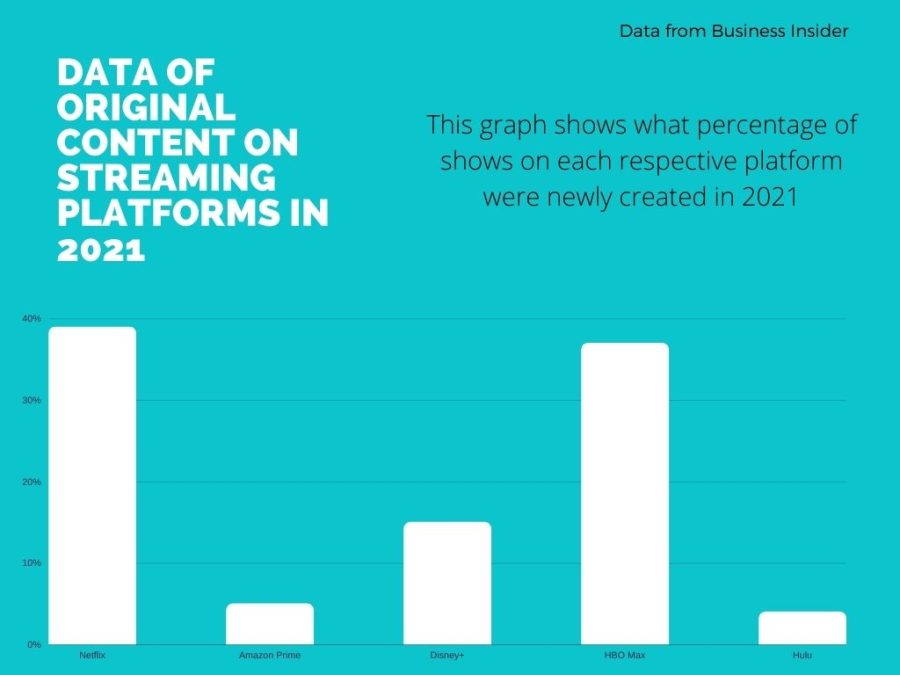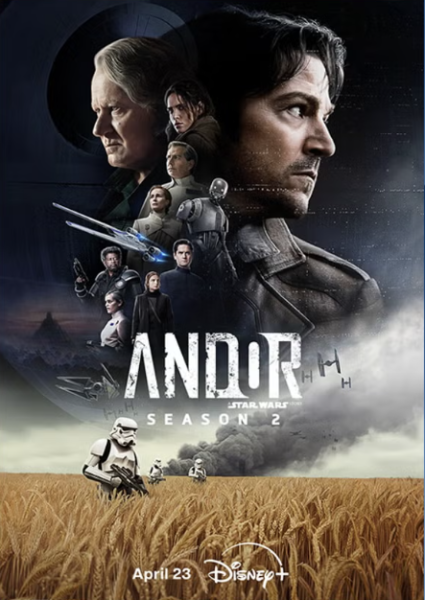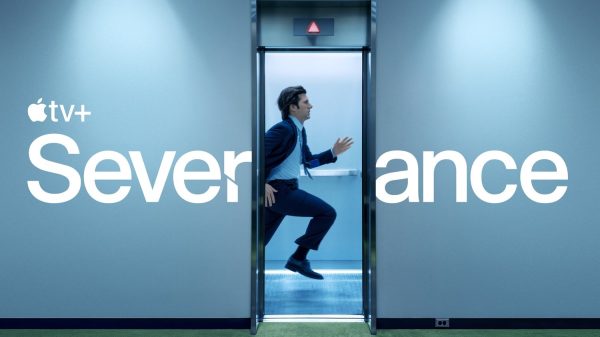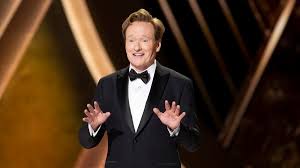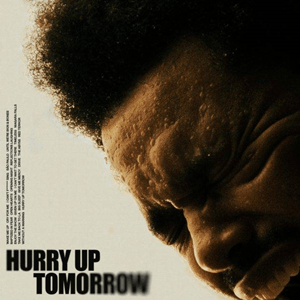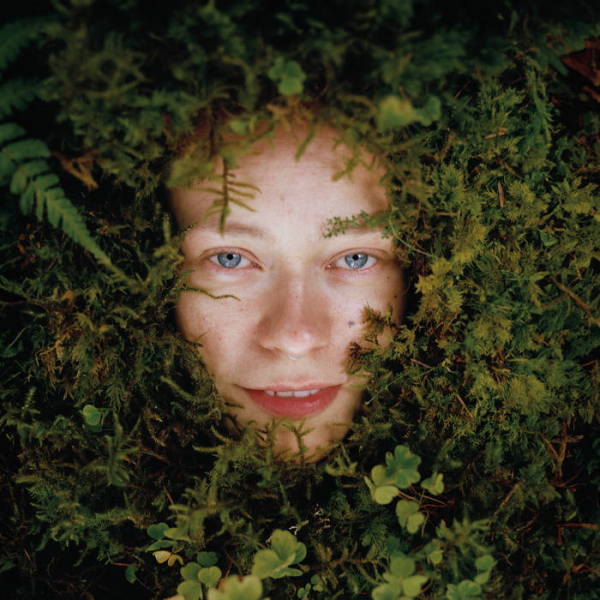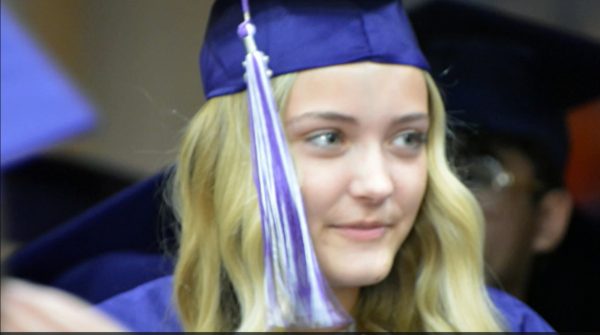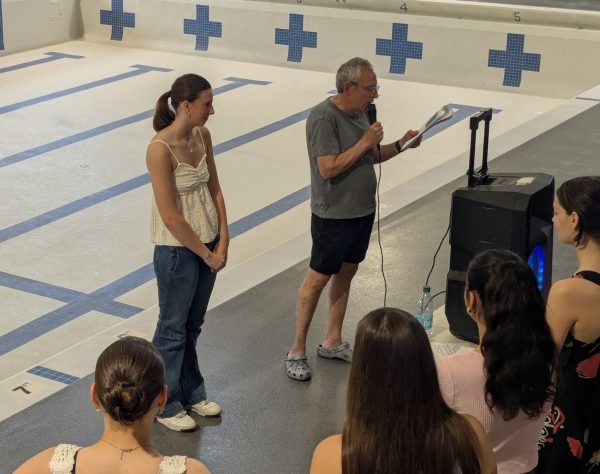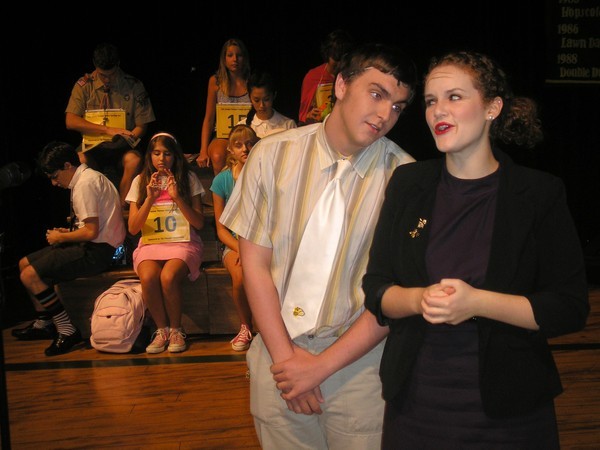Are Streaming Services Still Making Original Shows, and Are They Worth Buying?
On Sept. 8, 2022, Disney+ released their live-action remake of the 1940 film “Pinocchio”, which came out with poor to middling reviews on opening night. This has become a pattern for Disney, with many remakes having lukewarm receptions in recent years.
“We can look at Marvel movies and things and say that they’re formulaic, and maybe they’ve gotten stale…the franchises have taken over the media, and that is true,” said English teacher Adam McDaniel.
This pattern has led some people to accuse the company of being greedy and unoriginal, an argument that has been slung at content corporations for years. For example, according to Business Insider, about 39% of Netflix content are original shows and movies made for their streaming service, while the rest of it is preexisting media. This begs an important question: are streaming services making enough original content to be considered worthwhile?
The amount of newly-created content varies by a decent margin from platform to platform. HBO Max, for example, created enough new content to constitute about 37% of their streaming options, while Amazon Prime Video only attained 5%. It appears as if whether or not a streaming platform is creating original content is dependent on which platform is being considered.
“I just want something with a concept that I haven’t seen before, you know?” said sophomore Samuel Lipsutz.
One should also consider, however, the percentage of original content out of the total amount of content. Even if only 5% of Amazon Prime’s content is original, that totals out to about 1250 new pieces of content in a lineup of over 25000 exclusive shows and movies, while HBO Max has about 1000 originals in a catalog of about 2750 pieces of original content. If you’re looking for a higher ratio of new movies and shows, platforms like HBO Max and Netflix are the way to go, but if you want a higher volume of content overall, platforms like Amazon Prime are the best choice.
This distinct variety in the originality-to-total content ratio means that some services must spend more to create the content which may transfer to the cost for the consumer. The five services featured in the graph above are priced at varying amounts. Hulu is the cheapest, at only $6.99 a month for its standard plan, while Netflix and HBO max are tied at the top with a $14.99 monthly subscription. In between are Disney+ at $7.99 per month and Amazon Prime Video for $8.99 per month. Higher pricing appears to mean more original content, and if lower priced companies want to get ahead, they’ll need to make more new content.
Ultimately, it appears that originality is still alive, and surviving on modern streaming platforms. Depending on what the consumer wants and how much they are willing to spend, it is still possible to find new storylines and ideas.
“I’m concerned about, you know, giant corporations controlling our storytelling, but at the same time, there’s an incredible amount of original storytelling,” McDaniel.

Heya, my name is Ethan! I'm a senior here a Parkway North, and this is my third year writing for Norsestar. I enjoy all manner of study and academics,...


